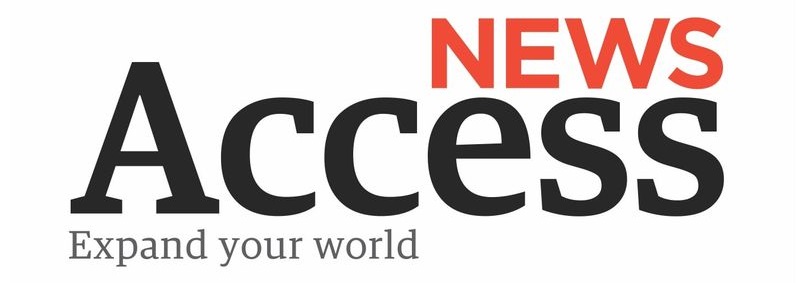We provide Instant breaking news alerts and information about the day's most talked-about stories around Nigeria, Africa and the world trending news.
The Director-General of the Debt Management Office (DMO), Patience Oniha has confirmed that Nigeria’s debt profile as of March 2022 stood at N41.60 trillion.
Oniha, during her appearance at the ongoing engagement on the 2023 – 2025 Medium Term Expenditure Framework (MTEF) and Fiscal Strategy Paper (FSP) held by the House of Representatives Committee on Finance, attributed Nigeria’s high debt profile to a lack of revenues and approval of the yearly budget with a deficit by the National Assembly, which increased the debt stock.
She regretted that the country has been running a deficit budget for many years with an increased level of borrowing, especially since the outbreak of the Covid-19 pandemic, stressing that the only way out of the problem is improved revenue generation.
Oniha said: “As of December 2020, the debt stock of the federal, state governments and the Federal Capital Territory was N32.92 trillion. By December 2021, it jumped to N39.556 trillion. We publish quarterly, and as of March of this year, it was N41.6 trillion. On average, Federal Government is owing about 85 per cent of the total sum.
“We have been running a deficit budget for many years and each time you approve a budget with a deficit, by the time we raise that money because when you approve it, it is giving us a mandate, authority to borrow, it will reflect in the debt stock, so debt stock will increase. Also, note that states are also borrowing. So, we add their own.
“Until the issues of personnel, overhead and capital expenditure are properly addressed in the budget, borrowing would not stop.”
Recall that the Minister of Finance, Budget and National Planning, Zainab Ahmed, had laid before the lawmakers on Tuesday, the 2023-2025 MTEF/FSP, where she disclosed that the Federal Government will borrow over N11 trillion and sell national assets to finance the 2023 budget deficit.
Last year’s total deficit (fiscal and project-tied loans) stood at N7.35 trillion. The figure, in the best scenario) is expected to jump by 53.7 per cent to N11.3 trillion next year. Under subsidy removal conditions, it will hit N12.4 trillion.
Continuing, Oniha said: “A World Bank report showed that in terms of debt to GDP ratio, Nigeria is low but for debt service to revenue ratio, we are very high. So, if you look at the tax to GDP ratio of these other countries, they are multiple of Nigeria.
“The World Bank survey report of about 197 countries revealed that Nigeria is number 195, meaning we beat only two countries and that is Yemen and Afghanistan. I don’t think we want to be like those places.
“You must look at revenues very closely for funding our activities as opposed to the deficit. We talk about the N11 trillion deficit and borrowing for 2023, how much is the revenue there? That’s one. When we look at the first tranche which was N10 trillion for a full year of subsidy and N9 trillion for subsidy next year, the size of the borrowing was 62 per cent of the budget. That’s high. The responsibilities, I think, are on both sides. Query the various expenditure lines and see what it is we can handle. So, if the deficit is lower, the borrowing will be lower and that’s how to grow on a slower pace.”



